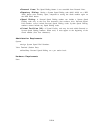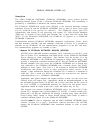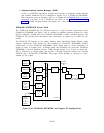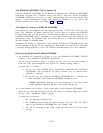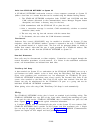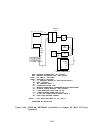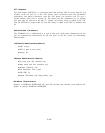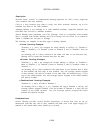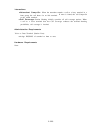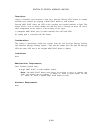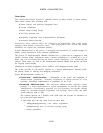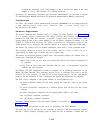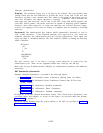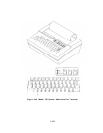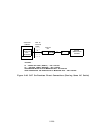STATION HUNTING
Description
Provides linear, circular, or combinational hunting sequences for calls to busy single-line
voice terminals and data terminals.
Calls to a busy terminal may hunt to (only) one other terminal; however, up to five
terminals may hunt to the same terminal.
Although hunting is not available to or from multiline terminals, single-line terminals may
have their calls
covered by multiline terminals.
Station Hunting takes precedence over Call Coverage.
Calls to a single-line voice terminal
that is assigned both Station Hunting and Call Coverage will first hunt. If no hunted-to
station is available, the call goes to coverage.
The following are examples of the three types of hunting allowed:
● Linear Hunting Example:
Terminals x, y, and z are arranged for linear hunting as follows: (1) Terminal x
hunts to Terminal y, (2) Terminal y hunts to Terminal z, and (3) Terminal z does not
hunt.
An incoming call to a busy terminal in the chain will hunt in one direction only.
Hunting will be toward the terminal that does not hunt.
● Circular Hunting Example:
Terminals x, y, and z are arranged for circular hunting as follows: (1) Terminal x
hunts to Terminal y, (2) Terminal y hunts to Terminal z, and (3) Terminal z hunts to
Terminal x.
An incoming call to a busy terminal in the chain hunts in one direction until it finds
an idle terminal and then rings at that terminal.
Any call coverage options assigned
to that terminal will then be invoked. If the hunt finds all terminals busy, it will
stop at the called terminal. Any call coverage options assigned to the called terminal
will then be invoked.
● Combinational Hunting Example:
Terminals w, x, and y all hunt to Terminal z.
An incoming call to a busy w, x, or y Terminal will ring at Terminal z, and any call
coverage options assigned Terminal z will be invoked. If Terminal z is busy, the call
remains at the called terminal.
Any call coverage options assigned the called
terminal will then be invoked.
Considerations
Station Hunting provides several flexible alternatives to ensure that calls do not go
unanswered. Note that only calls to
busy terminals will hunt; once a call begins ringing at a
terminal it will remain there unless picked up or covered.
2-222



